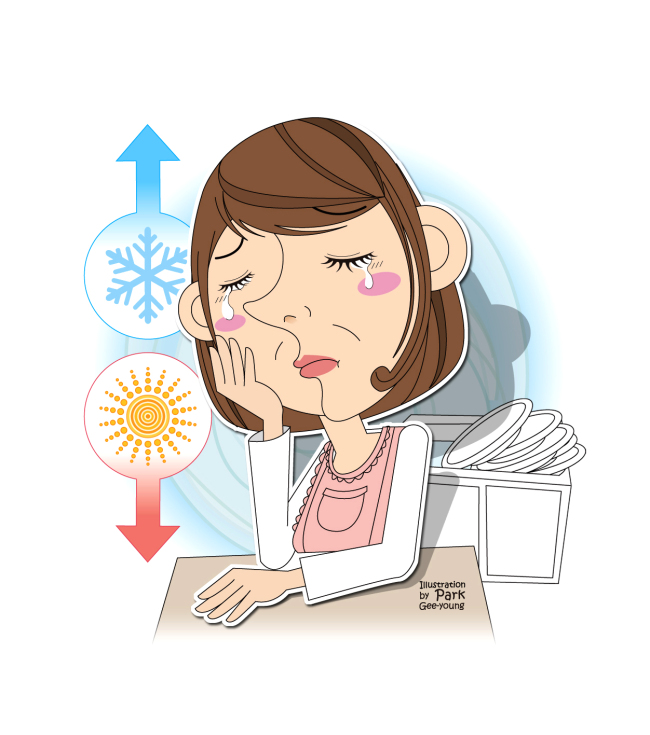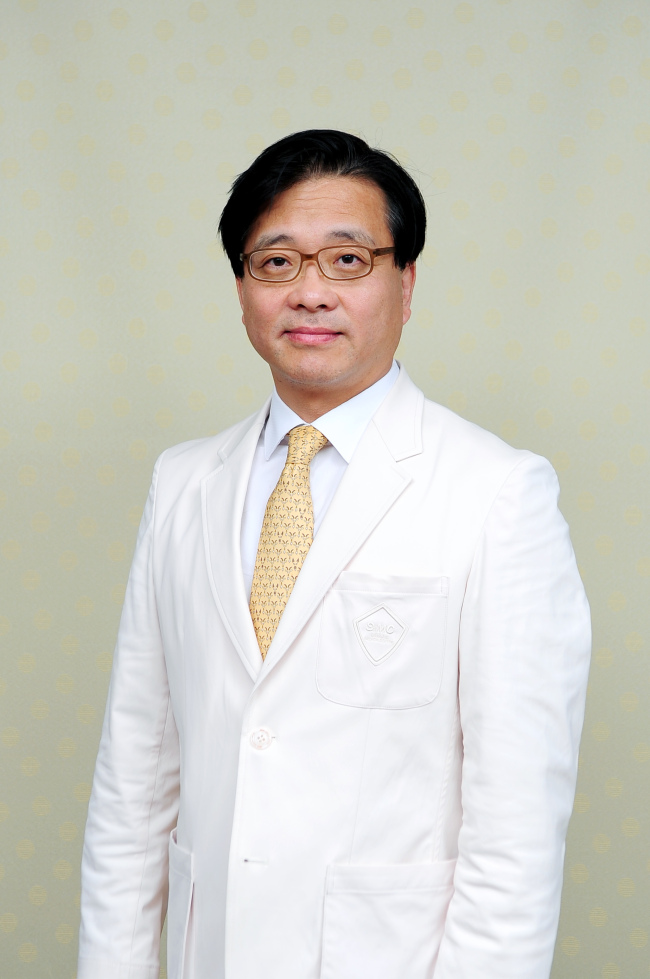
A middle-aged housewife surnamed Kim becomes a different person during the winter. When the weather gets cold, she avoids meeting people and likes to be alone. However, when spring comes, she is lively and enthusiastic.
People often feel depressed during the autumn. Many people think that they are sad and lonely due to the cold weather, and because the falling leaves make them feel emotional. Of course, such things can contribute to these emotions, but, in fact, the more direct cause is the decrease in the amount of sunlight.
In the autumn, the amount of sunlight decreases. This leads to a decrease in the production of melatonin, a neurotransmitter. It also leads to changes in the circadian rhythm, which can also cause depression. Melatonin is a hormone that is mainly secreted by the pineal gland of the brain, which controls the circadian rhythm.
People can temporarily experience depression when the amount of melatonin decreases, but some people may experience distinct symptoms of depression that can affect their normal lives.
This is known as seasonal affective disorder, which starts in the autumn and the winter when the amount of sunlight decreases, and goes away in the spring and summer when the amount of sunlight increases again. This can happen repeatedly each year. It is less common in areas near the equator, where there is less variability in the amount of sunlight throughout the year, and is more common in areas of higher latitudes such as northern Europe. It is twice as common in women as in men.
Patients suffering from seasonal affective disorder experience different symptoms from those of general depression. With general depression, people experience insomnia and a decrease in appetite, whereas people with seasonal affective disorder may experience hypersomnia and loss of energy, and spend the whole day lying in bed. They may experience an increase in appetite, leading to an greater intake of carbohydrates and to weight gain. They will also feel gloomy, tired, lacking in energy and unmotivated, like patients with depression.
Antidepressants and light therapy are effective treatments for seasonal affective disorder. The light used in light therapy is much stronger (greater than 2500 lux) than the light that we are normally exposed to. Regular exposure to this light leads to increased production of melatonin, which can be affective against depression. (Note: The light indoors is around 300 lux, and the large lights at a sports stadium are around 2000 lux.)
Therefore, people who experience severe seasonal affective disorder each year can receive light therapy before the autumn to prevent depression.
Depression can be cured in 70-90 percent of people. However, many people don’t recognize it as a disease, and wait a long time before visiting a doctor. If you or someone close to you experiences serious depressive symptoms in the autumn, it is highly recommended that you visit the hospital for treatment.
It is known that exposure to 1-2 hours of sunlight per day in the winter and autumn helps treat depression. This is not necessary in the spring and summer. You must be exposed to light if you are suffering from seasonal depression.
People often feel depressed during the autumn. Many people think that they are sad and lonely due to the cold weather, and because the falling leaves make them feel emotional. Of course, such things can contribute to these emotions, but, in fact, the more direct cause is the decrease in the amount of sunlight.
In the autumn, the amount of sunlight decreases. This leads to a decrease in the production of melatonin, a neurotransmitter. It also leads to changes in the circadian rhythm, which can also cause depression. Melatonin is a hormone that is mainly secreted by the pineal gland of the brain, which controls the circadian rhythm.
People can temporarily experience depression when the amount of melatonin decreases, but some people may experience distinct symptoms of depression that can affect their normal lives.
This is known as seasonal affective disorder, which starts in the autumn and the winter when the amount of sunlight decreases, and goes away in the spring and summer when the amount of sunlight increases again. This can happen repeatedly each year. It is less common in areas near the equator, where there is less variability in the amount of sunlight throughout the year, and is more common in areas of higher latitudes such as northern Europe. It is twice as common in women as in men.
Patients suffering from seasonal affective disorder experience different symptoms from those of general depression. With general depression, people experience insomnia and a decrease in appetite, whereas people with seasonal affective disorder may experience hypersomnia and loss of energy, and spend the whole day lying in bed. They may experience an increase in appetite, leading to an greater intake of carbohydrates and to weight gain. They will also feel gloomy, tired, lacking in energy and unmotivated, like patients with depression.
Antidepressants and light therapy are effective treatments for seasonal affective disorder. The light used in light therapy is much stronger (greater than 2500 lux) than the light that we are normally exposed to. Regular exposure to this light leads to increased production of melatonin, which can be affective against depression. (Note: The light indoors is around 300 lux, and the large lights at a sports stadium are around 2000 lux.)
Therefore, people who experience severe seasonal affective disorder each year can receive light therapy before the autumn to prevent depression.
Depression can be cured in 70-90 percent of people. However, many people don’t recognize it as a disease, and wait a long time before visiting a doctor. If you or someone close to you experiences serious depressive symptoms in the autumn, it is highly recommended that you visit the hospital for treatment.
It is known that exposure to 1-2 hours of sunlight per day in the winter and autumn helps treat depression. This is not necessary in the spring and summer. You must be exposed to light if you are suffering from seasonal depression.

By Yu Bum-hee
The author is a doctor at the Department of Neuropsychiatry at Samsung Medical Center and a professor at the Sungkyunkwan University School of Medicine. ― Ed.
The author is a doctor at the Department of Neuropsychiatry at Samsung Medical Center and a professor at the Sungkyunkwan University School of Medicine. ― Ed.
-
Articles by Korea Herald



















